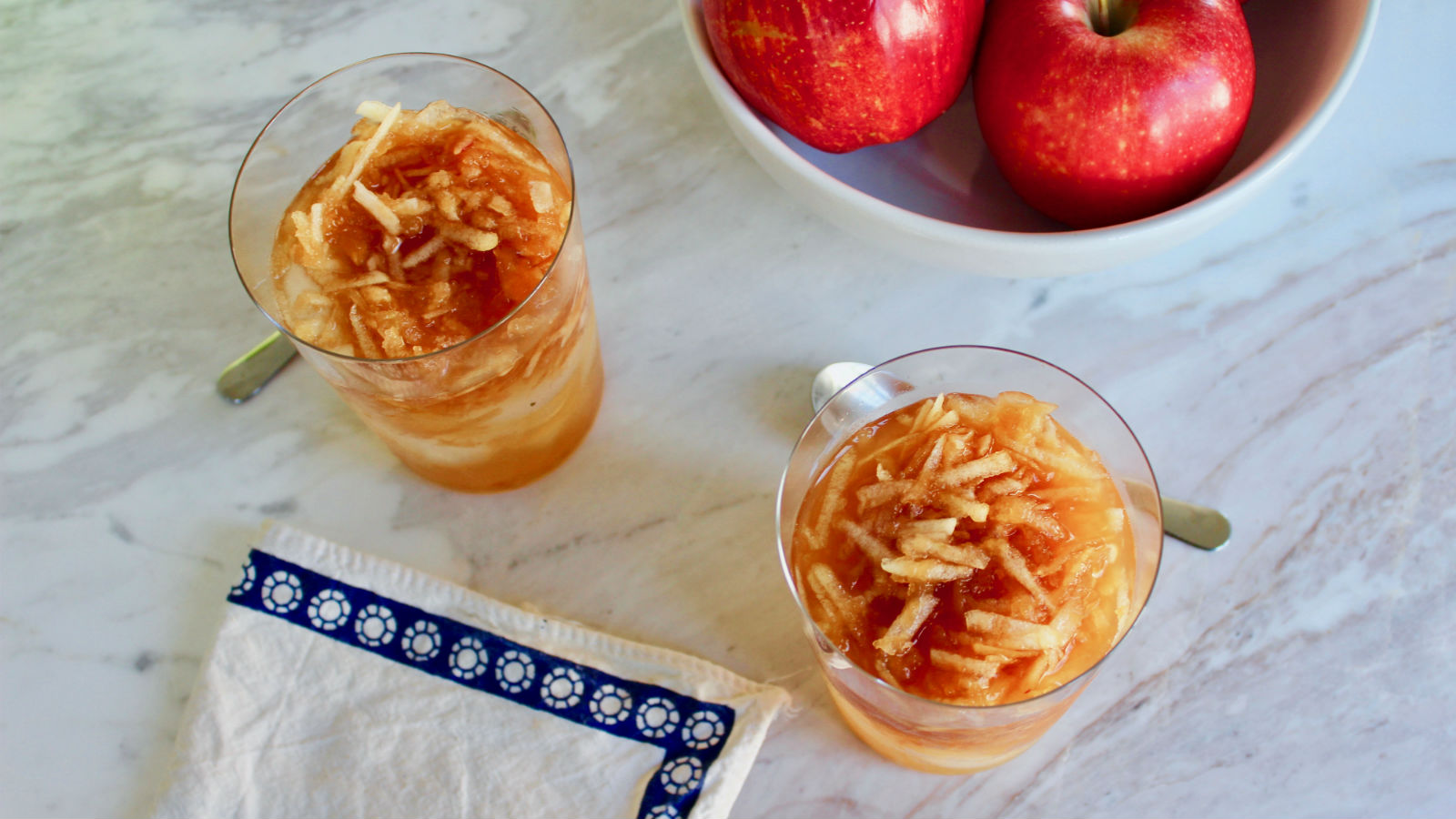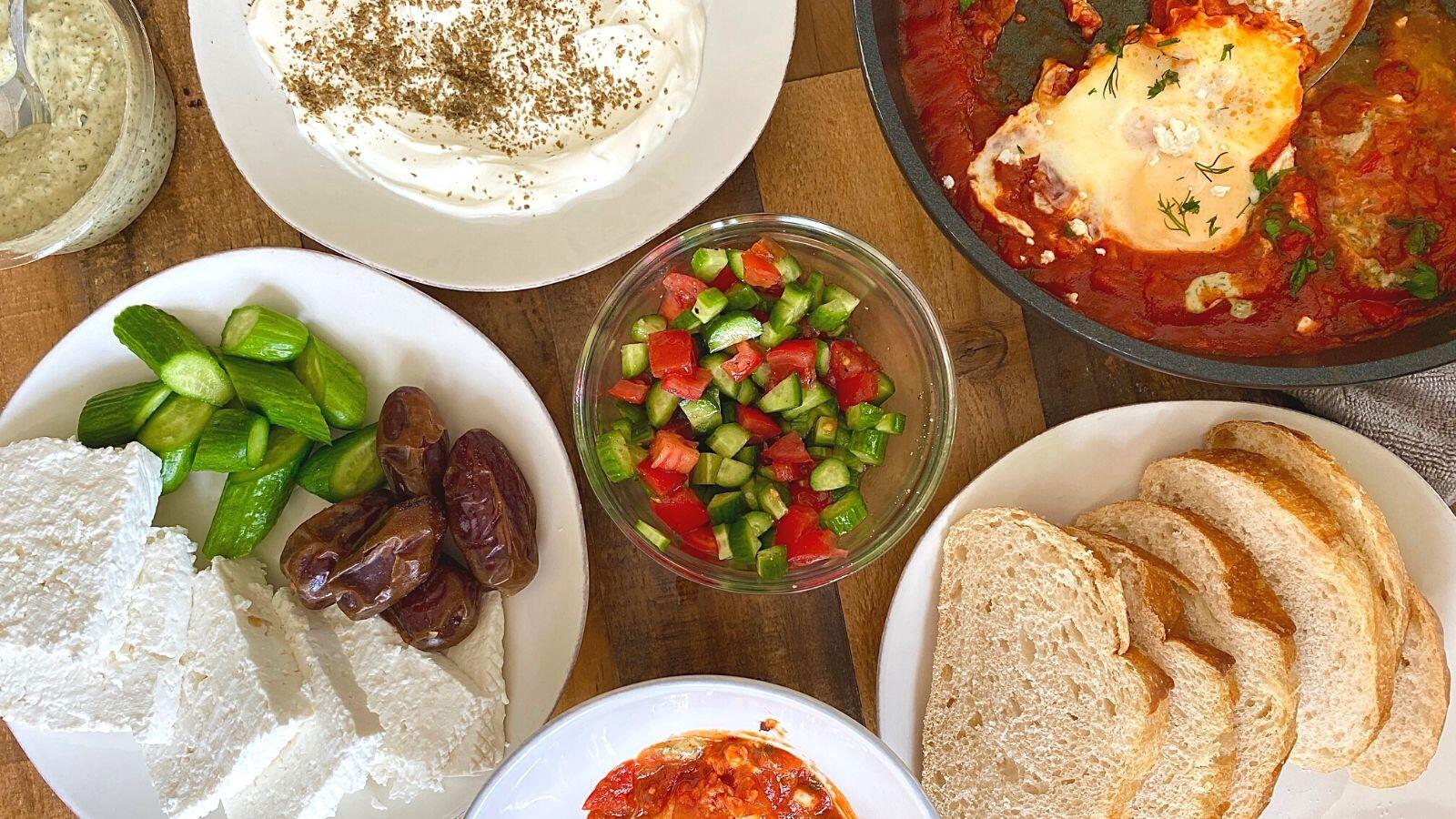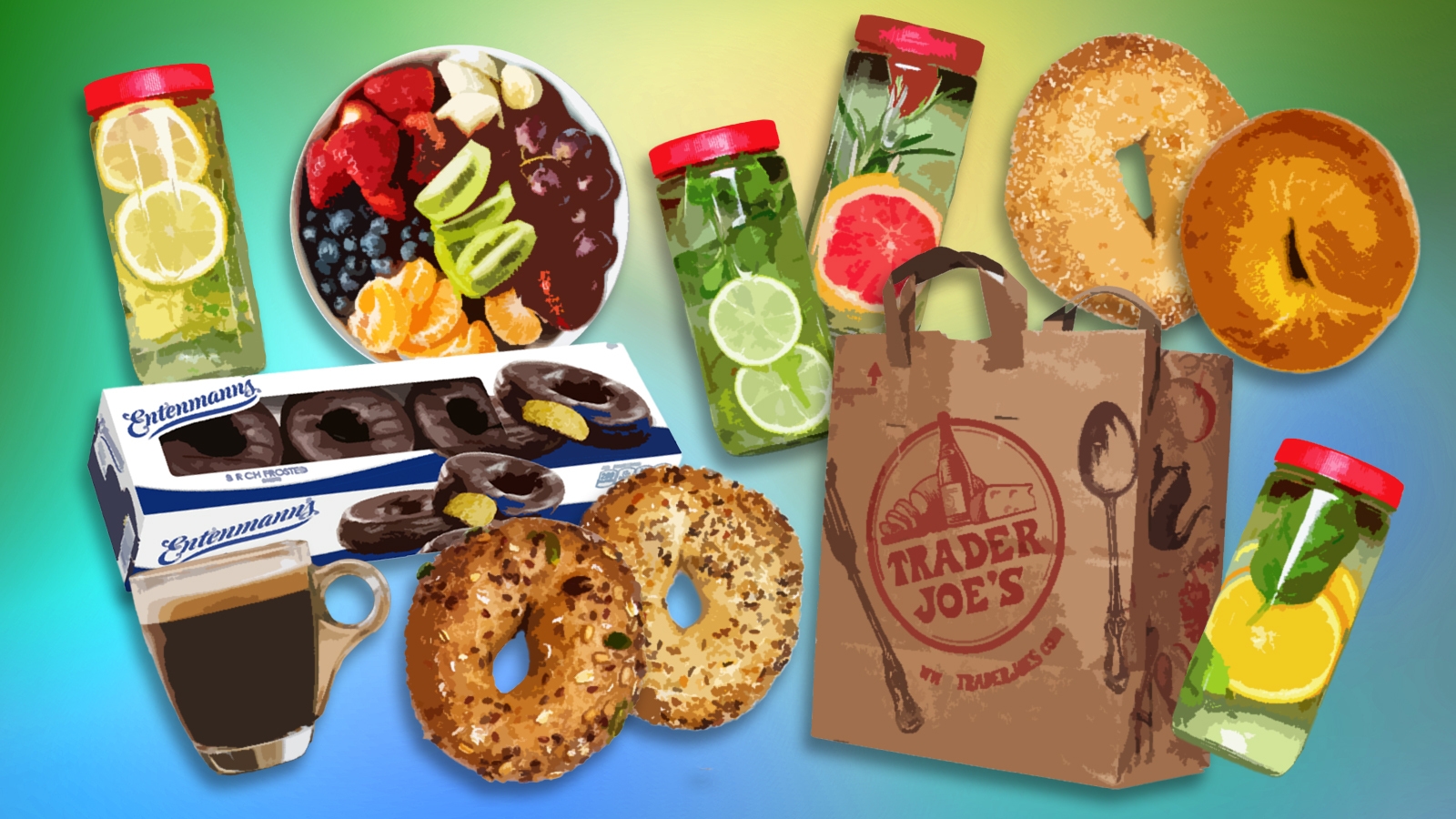You have fasted for 25 hours. The last thing you probably want is to be hosting a four-course feast and making a big fuss in the kitchen. But hey, we are Jews, and that’s exactly what we love doing… right?
Jews from all over the world and from different backgrounds have such a variety of beautiful break-the-fast traditions. Some date back centuries, some are newer (hello, bagels and whitefish salad) but all of them aim to satisfy one thing: your belly after fasting for Yom Kippur. Putting out a big spread can feel daunting and exhausting, which is why I surveyed our staff, my Instagram followers and you — our readers — for the best tips on hosting a truly easy break fast. Here are the best ideas I found:
Prep Ahead
Making stuff ahead is the name of the game for, well, lots of Jewish holidays. But especially Yom Kippur. Dishes like kugels, casseroles, quiches, soup and blintz soufflé can be made several days ahead of the holiday, and reheated at a low temperature before serving. I like to slice tomatoes, cucumber and onions for the bagels in the afternoon on Yom Kippur day, and cover the platter with plastic wrap (or my favorite Press’n Seal) so it’s ready to go when it’s eating time.
The Nosher celebrates the traditions and recipes that have brought Jews together for centuries. Donate today to keep The Nosher's stories and recipes accessible to all.
Food writer and cooking instructor Sylvia Fallas recommends making a list of everything you are planning to serve and keeping it on the table so you don’t forget anything (which I always tend to do when hosting!). If you want to take it one step further, place little pieces of paper with the name of food you are planning to serve on top of the plates, bowls or platters you will serve them on later.
Freeze Your Bagels (The Right Way)

You might run out on Yom Kippur day to get the bagels for break fast, but many Jews don’t feel comfortable to purchase things on a holiday. Day-old bagels, however, are not good. Here’s what I do: As soon as the bagels come home, I immediately pop them into freezer bags and remove as much of the air out as possible. I defrost them only when ready to eat, and they stay super fresh.
Some people like to take bagel prep a step further and slice bagels ahead before freezing, but if you do this and the bagels stay in the freezer for a few weeks, I find they tend to dry out a bit.
Hydration Station

We love to focus on all the foods we are serving, but don’t forget that you, your family and guests are all probably very dehydrated. Having water, juice and perhaps some flavored water will help ensure everyone drinks their fill and rehydrates. (And coffee and iced coffee, because caffeine withdrawal isn’t fun.) Want to try the ultimate Persian hydrating treat? Check out this faloudeh seeb recipe from Tannaz Sassooni.
Potluck!
If you are hosting a large gathering, outsource as many things as you can. People love to be helpful, and if your guests are anything like me, they’ll hate showing up empty-handed to someone’s house. If everyone brings just one item, even if it’s just a package of lox, a container of lemonade, a box of cookies, etc., that’s less work for you (and also less costly).
No Shame in Store-Bought

You know what is the most delicious pastry over, well, just about anything? Entenmann’s Cheese Danish. Even if you want to make a few homemade things for break fast, supplementing with a bunch of delicious store-bought items will make your workload so much lighter. You could stop at a Dunkin’ Donuts and get a box of coffee and some donut holes and people will be thrilled. Or turn to our favorite supermarkets: Trader Joe’s has frozen blintzes, babka, all kinds of salads and dips, juice and coffee; Whole Foods has quiche, soups, frozen bake-your-own pastries, cakes, bread, smoked salmon and tons of prepared foods.
Create Your Own Traditions
There’s no rule that says you must serve bagels and lox for break fast; you don’t have to serve conventional break fast foods if prefer to end your Yom Kippur with something else nourishing. My mother-in-law always says, “Everyone makes their own Shabbat,” and I think this is such an important reminder about Jewish practices: Make it your own.
Doesn’t Have to Be Formal
One of my colleagues, Jennifer Modlinger, likes to put out a tray of oatmeal raisin cookies, challah and bottles of water for everyone to have when they first arrive after the fast. Then she and her family change into pajamas or sweats, and come back downstairs for a sit-down meal. Another wonderful colleague, Rachel Myerson, says her mother does something similar so everyone can immediately break fast and feel satiated, and then, after, sit down for a bigger meal. You don’t have to serve a full sit-down meal: make it as casual as you want. After all, you’re eating breakfast — comfy clothes feel like the right attire, and buffet-style is just more fun.
Make sure to also check out our article about the best foods to eat before you fast.



